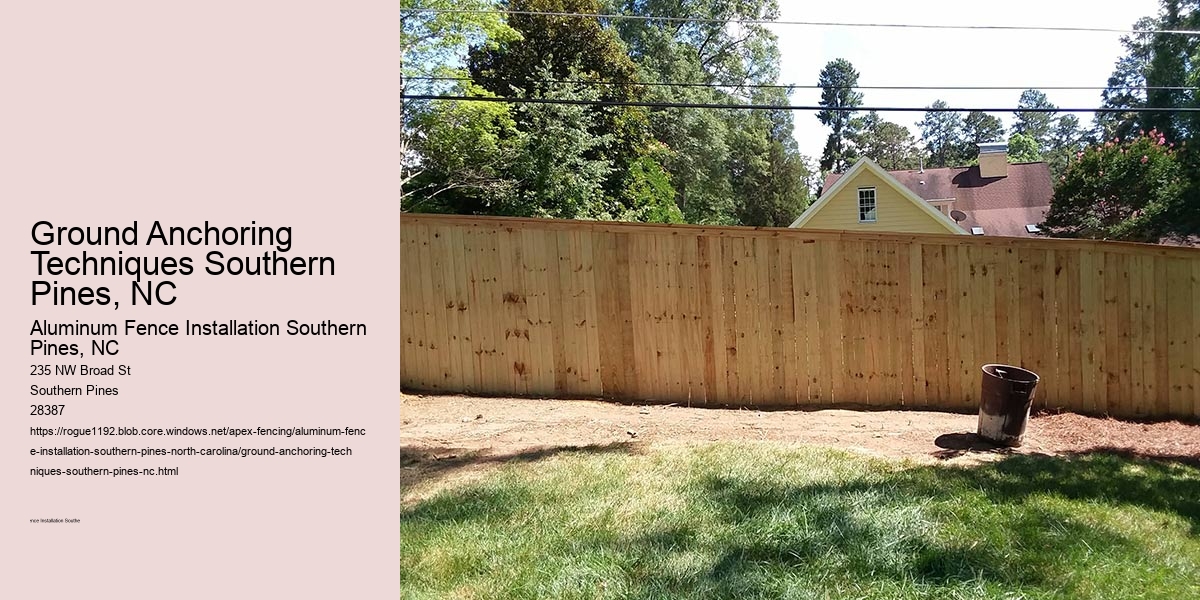Ground anchoring techniques, a pivotal aspect of modern construction and civil engineering, offer an array of solutions for stabilizing and securing structures in the charming town of Southern Pines, North Carolina. This quaint community, known for its verdant landscapes and serene ambiance, sometimes faces geotechnical challenges that necessitate the utilization of ground anchors to ensure the stability of buildings and other infrastructure.
The concept behind ground anchoring is relatively straightforward yet technically complex. Anchors are strategically placed deep within the soil or rock strata, functioning as moorings that provide lateral support to structures above. In Southern Pines, where both residential and commercial developments seek harmony with the natural topography, these techniques must be applied with precision and care.
One might think that such technological endeavors would seem out of place amidst Southern Pines' rustic charm; however, they are essential for safeguarding the integrity of local edifices against forces like erosion or shifting substrates. Ground anchors can be either temporary or permanent fixtures depending on the requirements of a particular project. Temporary ones might be used during construction phases to maintain excavation walls, whereas permanent anchors secure retaining walls or underpin existing buildings long-term.
Implementing ground anchoring in Southern Pines often involves drilling into competent geological formations beneath superficial layers—typically a task for specialized machinery operated by skilled technicians. The depth and angle at which these drills penetrate depend entirely upon site-specific conditions as well as the load demands anticipated for each anchor.
Upon reaching suitable depths, anchor rods are inserted followed by their expansion within boreholes to form a solid bond with surrounding materials—whether earth or bedrock. This process is crucial; it ensures that subsequent tension applied to anchors will indeed counteract potential movement in supported structures.
Materials used for constructing these vital components vary but typically include high-grade steel capable of withstanding significant tensile stress without succumbing to corrosion over time—a consideration especially pertinent considering North Carolina's humid subtropical climate.
Furthermore, meticulous planning goes into determining anchor placement patterns so they distribute weight evenly while minimizing disruption to nearby ecosystems—an environmental sensitivity characteristic of Southern Pines' approach to development projects.
Post-installation tests confirm each anchor's holding capacity before any structure relies on them for stabilization. These assessments involve applying controlled force to simulate extreme conditions ensuring real-world scenarios won't exceed what each anchor can handle safely.
In conclusion, ground anchoring techniques represent a harmonious blend between human ingenuity and respect for nature's nuances in Southern Pines. Through careful application and rigorous testing protocols, engineers help ensure this community maintains its architectural elegance while standing resilient against Mother Nature’s unpredictable whims—all thanks to stalwart metal sinews anchoring man-made creations firmly within Earth’s embrace.
Cutting Panels to Fit as Needed Southern Pines, NC

